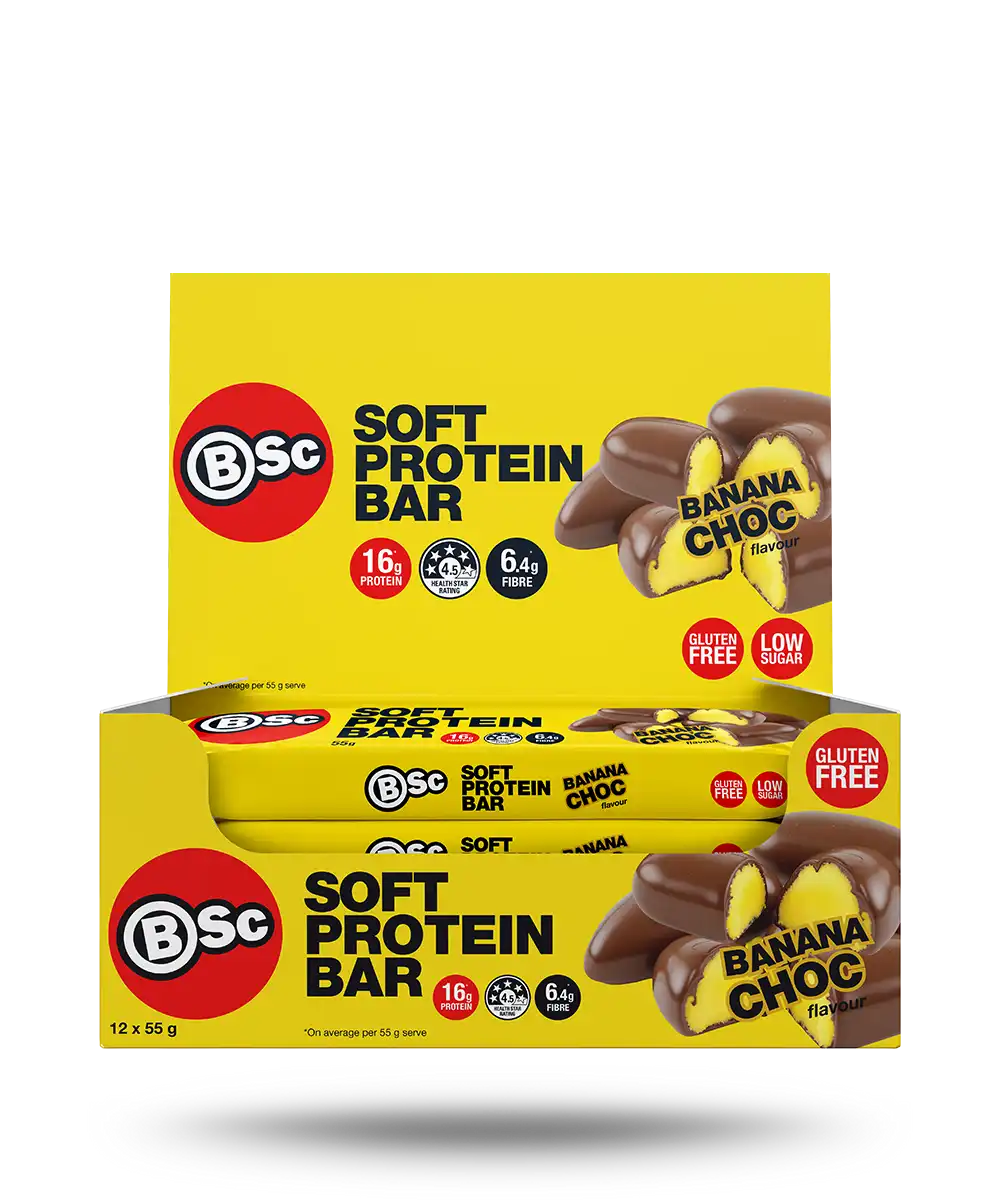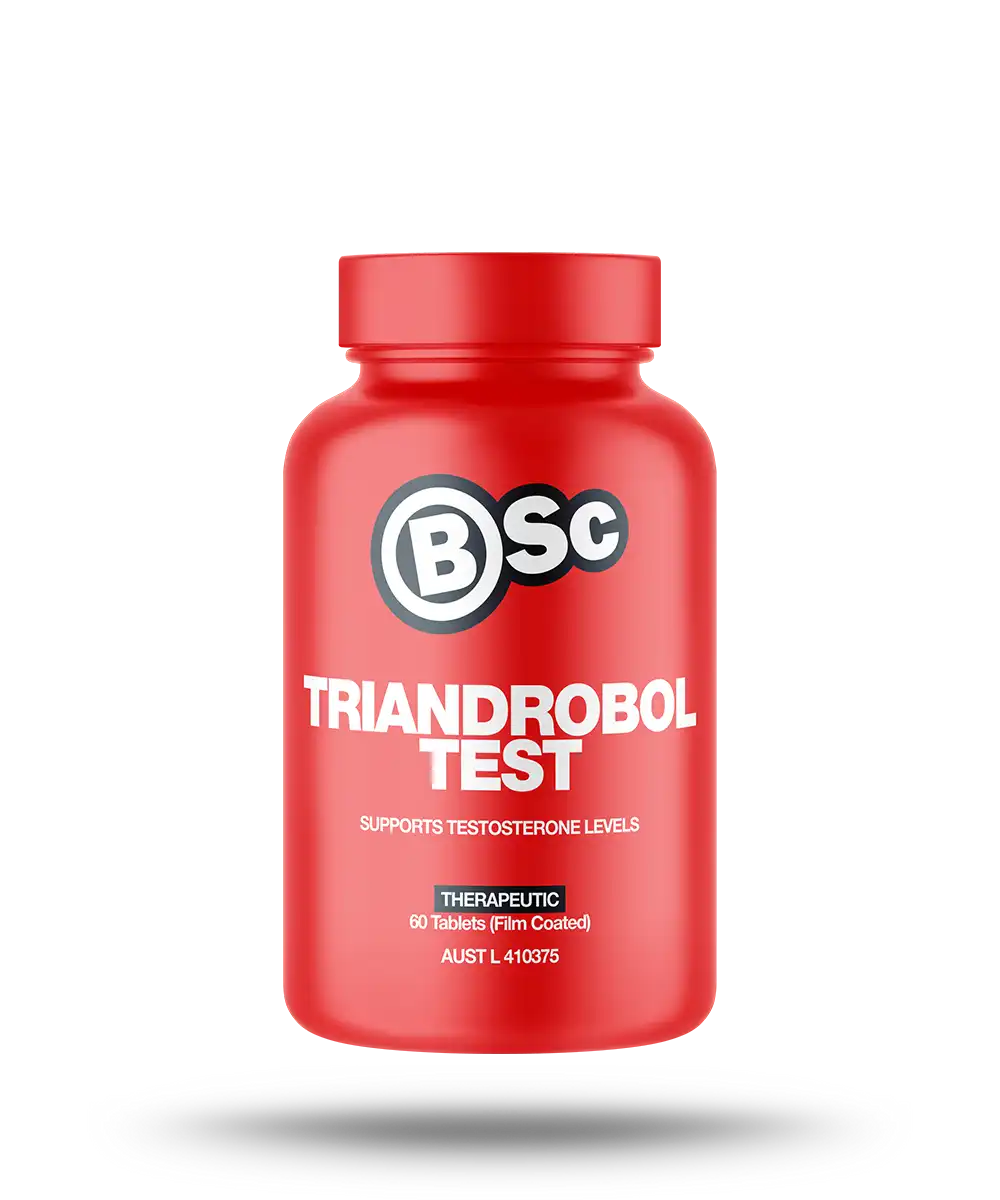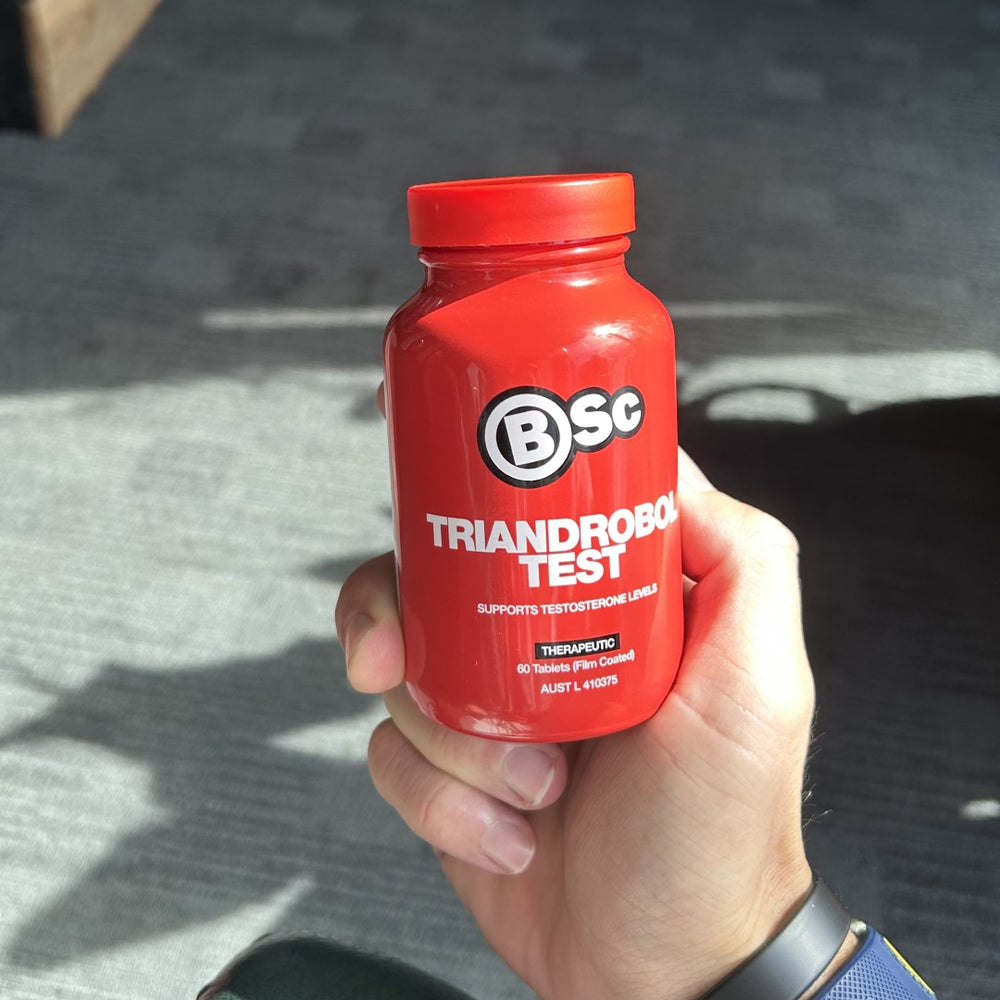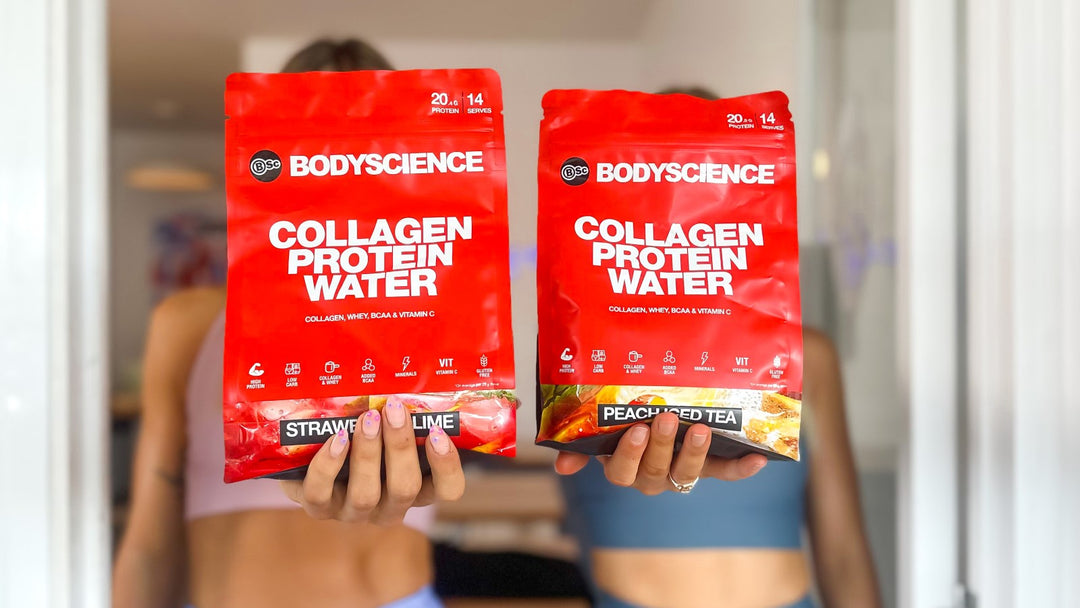Everything You Need to Know About Collagen Regenerate
By Harriet Walker, Accredited Practicing Dietician and Accredited Sports Dietitian

Collagen is the most abundant protein in the body making up structural proteins such as skin, hair, ligaments and tendons.
Why is collagen important?
- There are approximately 16 different ‘types’ of collagen with slightly different components, but they all make up a triple helix shape, like three pieces of string twisted together. Type I, II and III collagens make up the majority of connective tissues in the body. As we age, the collagen content of our skin and joints declines, so supplementing with collagen can help slow this process and help repair damaged tissue.
Collagen for skin
Collagen makes up about 75% of the weight of your skin. As we age, the level of collagen in your skin declines leading to the signs of aging such as wrinkles. Supplementation can help improve skin elasticity, hydration and wrinkling.
How does collagen differ from other protein supplements like whey?
Different tissues in the body have different amino acids that make them. Collagen is made up mostly of three amino acids glycine, hydroxyproline and proline, whereas muscle is made up from different amino acids including the branched-chain amino acids leucine, isoleucine and valine.
References:
Clark, K.L., Sebastianelli, W., Flechsenhar, K.R., Aukermann, D.F., Meza, F.A., Millard, R.L., Deitch, J.R., Sherbondy, P.S., & Albert, A.A. (2008). 24-Week study on the use of collagen hydrolysate as a dietary supplement in athletes with activity-related joint pain. Current medical research and opinion, 24 5, 1485-96 .
Gregory Shaw, Ann Lee-Barthel, Megan LR Ross, Bing Wang, Keith Baar, Vitamin C–enriched gelatin supplementation before intermittent activity augments collagen synthesis, The American Journal of Clinical Nutrition, Volume 105, Issue 1, January 2017, Pages 136–143, https://doi.org/10.3945/ajcn.116.138594
Mersmann, F., Bohm, S., & Arampatzis, A. (2017). Imbalances in the Development of Muscle and Tendon as Risk Factor for Tendinopathies in Youth Athletes: A Review of Current Evidence and Concepts of Prevention. Frontiers in physiology, 8, 987. doi:10.3389/fphys.2017.00987










